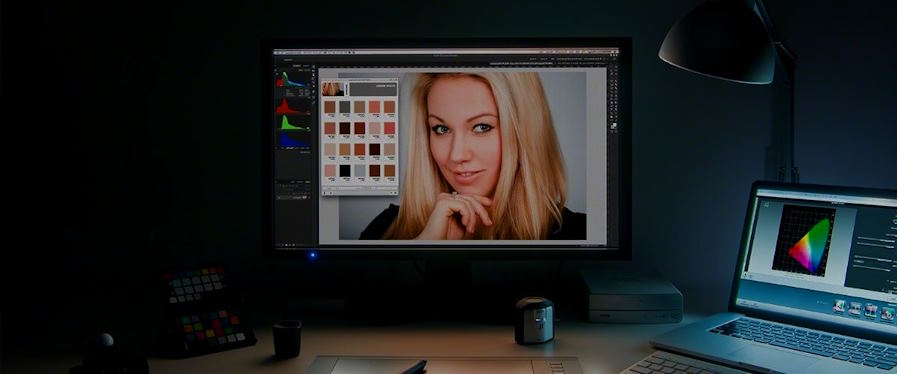
Image Editing: The Digital Canvas
Digital photography courses often begin with the fundamentals of image editing. Photographers use software like Adobe Photoshop and Lightroom to fine-tune their images in the digital darkroom. Here’s how these courses explore image editing:
Color Correction
Students learn to adjust color balance, saturation, and contrast to achieve their photographs’ desired mood and tone. It is a crucial aspect of image enhancement.
Retouching
Image editing courses cover techniques for retouching portraits, removing blemishes, and enhancing subjects’ features while maintaining a natural look.
Cropping and Composition
Students discover the power of cropping and how it can dramatically improve the composition of an image. They learn to focus the viewer’s attention on the subject.
Special Effects
Advanced image editing courses delve into special effects, allowing photographers to experiment with artistic enhancements and creative alterations.
Post-Production: Refining the Narrative
Beyond image editing, post-production involves refining the narrative of a photograph. Here’s what students learn in this phase:
Sequencing and Storytelling
Post-production isn’t just about single images; it’s about how they fit together in a series or a portfolio. Students learn how to sequence and present their work effectively.

Image Organization
Managing a vast collection of digital images can be overwhelming. Courses teach students to use software for cataloging and organizing their photos efficiently.
Printing and Display
While digital photography primarily lives online, there’s still a place for physical prints and exhibitions. Courses cover the process of preparing images for print and display.
Digital Workflow: Streamlining the Process
A digital workflow is the step-by-step process that photographers follow, from capturing an image to finalizing it for display. It involves efficiently using technology and tools to optimize the creative process. Students learn:
File Management: How to name, save, and organize image files to avoid confusion and loss.
Metadata: The importance of adding metadata such as captions, keywords, and copyright information for image identification and protection.
Backup and Storage: The significance of redundant backups and secure storage solutions to prevent data loss.
Efficiency Tips: Shortcuts, presets, and automation tools to streamline the workflow and save time.
The Role of Technology in Modern Photography
In today’s photography landscape, technology plays an integral role. Here’s how:
Instant Feedback
Digital cameras offer instant feedback, allowing photographers to adjust settings and composition on the spot.
Post-Processing Tools
Advanced software provides powerful image enhancement and manipulation tools, enabling photographers to bring their creative visions to life.
Online Sharing and Publishing
The internet is a vast platform for photographers to showcase their work, reach a global audience, and connect with like-minded individuals.
Digital Printing
High-quality digital printers make producing professional prints of photographs easier than ever.
